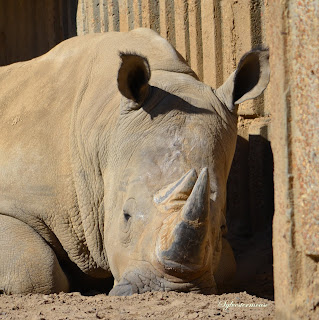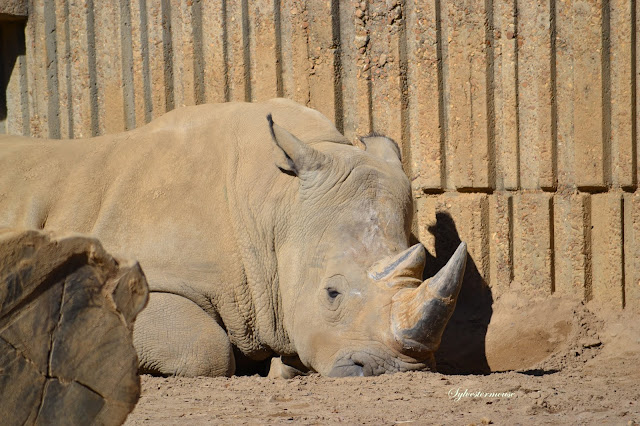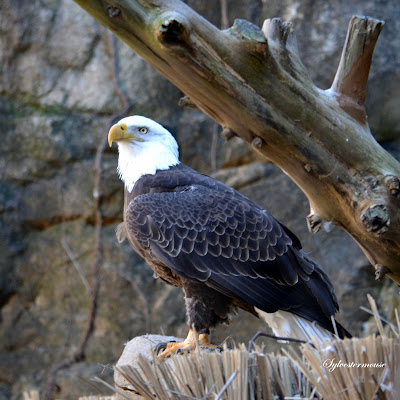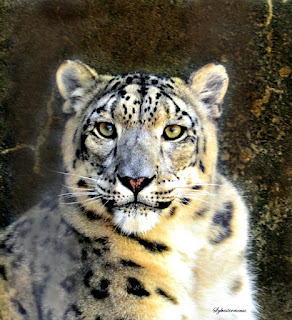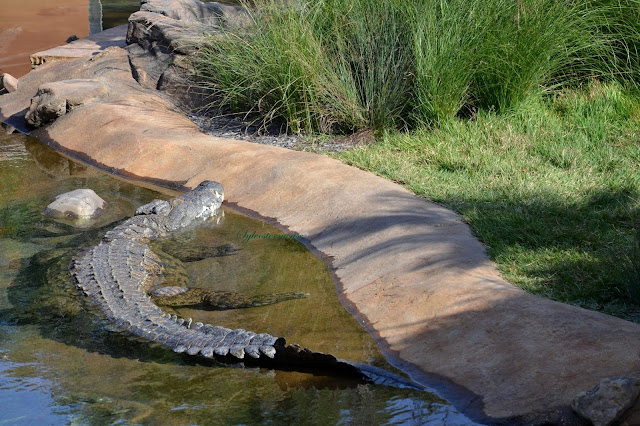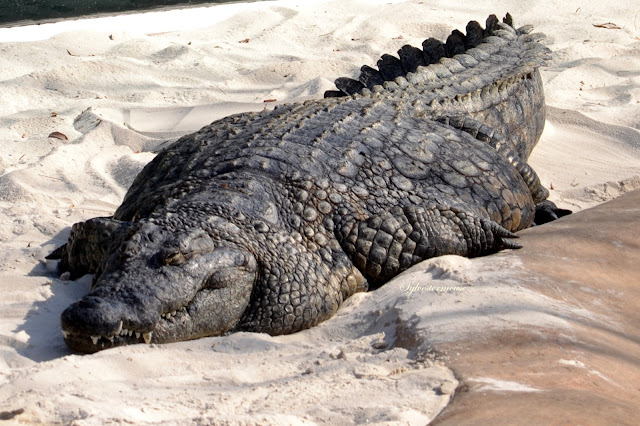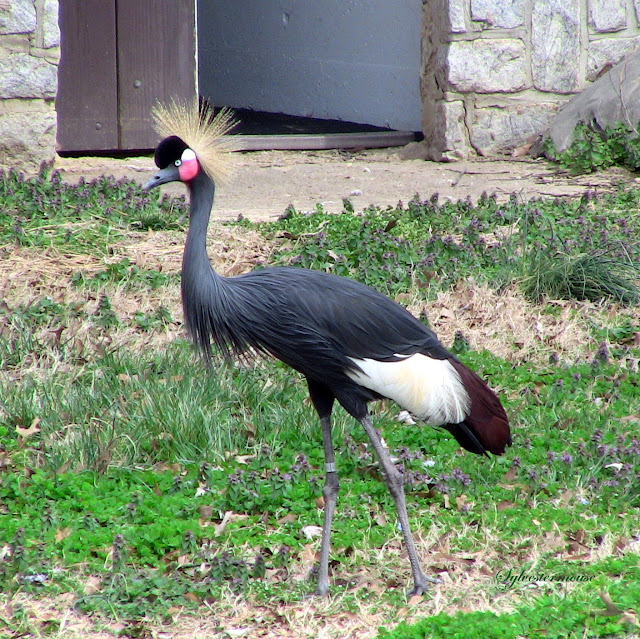Even in shaded areas, like the photo on the right, their brilliance is discernible if you look carefully. Ironically, I almost overlooked that Mandarin duck because those varied colors also provide an excellent camouflage on land.
The Mandarin Duck rests during the day on land, often under overhanging shrubs near water.
Facts About the Mandarin Duck
- Woodland & wooded areas duck (not a Wood Duck!)
- Genus: Aix (water bird) galericulata (small capped head) - which is shared only with the Wood Duck
- Length - up to 18.5 inches
- Weight - less than 3 lbs
- Region - Originally East Asia, but has been introduced to other parts of the world
- Largest populations are now found in Japan & England
- They are not hunted as food since they don't taste very good
- They prefer to feed at dusk and eat acorns, nuts, rice, grapes, seeds, plants, flowers like roses or rhododendrons, insects, snails and small fish.
- Preferred Nest - hole in a tree lined with down
- Mandarin Ducks keep the same mating partner through several mating seasons instead of choosing a new partner
- Sexes Differ in Appearance - Males are vibrantly colored, Females are very pretty grayish brown & white with blue tips on a few of her feathers. The white eye ring and stripe makes her identifiable as a female Mandarin Duck.

Don't they make a lovely couple!
Because of their monogamy, Chinese culture regards them as symbols of fidelity and affection, therefore they are often used in Chinese art.
Silk Art 100% Handmade Embroidery Framed Mandarin ducks playing in the water Painting Gift Oriental Asian Wall Art D¨¦cor Artwork SilkArt017Check PriceMandarine Duck T-Shirt Bird Tee OrnithologyCheck PriceMandarin Duck! An Educational Children's Book about Mandarin Duck with Fun Facts & PhotosCheck Price
Note: The author may receive a commission from purchases made using links found in this article. “As an Amazon Associate I earn from qualifying purchases.”


